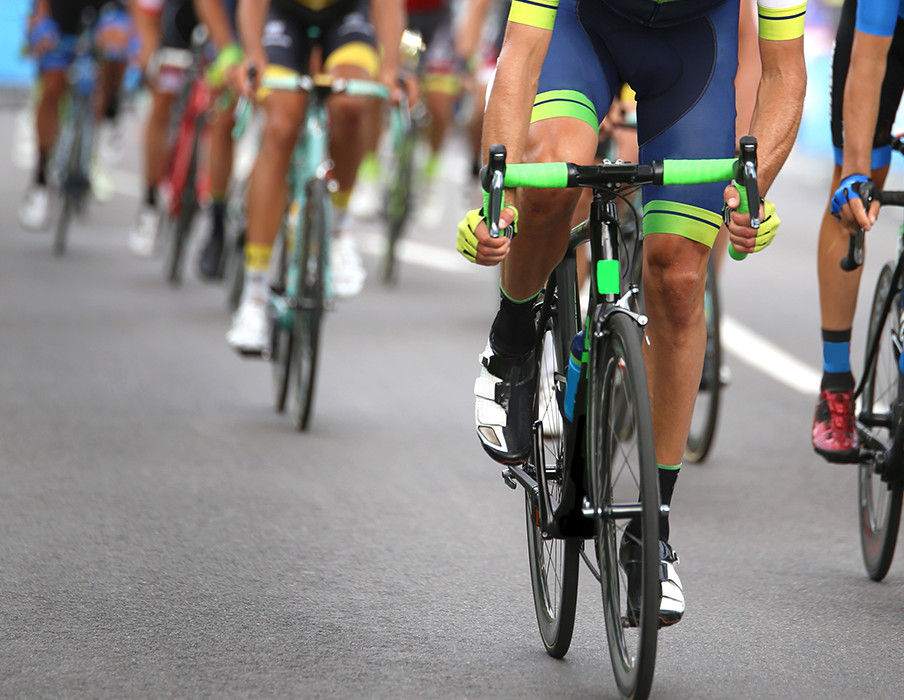Reconstructing a Bicycle Crash©
- Richard L. Duquette
- Aug 20, 2016
- 4 min read
Updated: Jul 9, 2023
Reconstructing a bicycle crash scene will help you win your case. Here are a few points to consider when analyzing your case. The physical evidence tells a story, like the defendant's speed and point of impact. So, look out for the following items:
Skid marks: The length and direction can be converted into speed. Photograph and measure them, as well as the type of road surface. The surface type and slope of the road factor into calculating the overall stopping distance. The smoother the surface the less friction, and the longer it will take to stop. This is called the co-efficient of friction. Look for crash debris, like broken parts in order to establish the point of impact.
Photograph and measure the damage location to the vehicles. Speed can be determined by examining the crash damage. The location of damage also tells the point of impact between the vehicles, which helps prove the defendant's inattention. For example, if the defendant turned squarely into a passing bicyclist, this is clear evidence of driver inattention; whereas if the damage to the defendant vehicle is to the rear of it when passing a bicyclist, it shows the vehicle driver changed lanes too soon.
Locating and statementizing witnesses will provide a "voice" for the physical evidence. Learning estimates of speed, time and distance can help prove the defendant's negligent behavior, especially if there is limited physical evidence. Get as much contact information, should they move and need to be subpoenaed. Document admissions from the defendants like "I didn't see you; I was running late, I'm tired, or on an errand for XYZ company". Conversely, verify the bicyclist was attentive and his riding behavior was appropriate for the surroundings.
Environmental factors should also be documented like bike lanes, speed limit and bike route signs, limit lines at intersections, absence of road surface debris or pot holes, obstructive vegetation. The defendant's car mirrors, seat height and door car width obscuring vision. Document the time of day, as blinding sun contributes to crashes.
Inspect the vehicles for evidence, inside and out. Look for paint transfers and dents to show how the vehicles collided. In a case involving a door opening into a bicyclist, look for interior ergonomic limitations, like the defendant driver's inability to twist or see the on coming bicyclist due to a high head rest, mirrors, tinted windows, or a load in the back of a pick up truck bed blocking a rear view mirror. Does the defendant's vehicle have a surveillance video? Buses do. Get it and help win your case. Make sure you obtain all the frames and synchronized video clock, along with the Mobile View II, III or another appropriate software program to run the video. As for the bicycle, verify the rider fit it well so as to maintain riding stability and the bicyclist's maintained brakes worked.

Once the crash scene is documented it is time to interpret the gathered evidence. (Maintain a chain of custody for each item gathered, documenting the date and time of collection). One of the most important factors of reconstruction is to determine the defendants stopping distance. If the defendant was traveling too fast for the conditions he was negligent; and the same rules will be applied to the bicyclist, to reduce liability or apportion fault.
Stopping distance incorporates many factors, but here are few big ones:
Reaction or response time: This ranges from .07 to 2.5 seconds; with the average being 1.5 seconds. Reacting requires the defendant to perceive or see. This means he must be paying attention.
The next issue is braking time. Assuming the vehicle's brakes are in good working order, braking time depends on the vehicle speed, and the road slope and surface condition. The direction of the vehicle also counts. On average, a motor vehicle moving at about 20 miles per hour travels 29.3 feet a second (with a reaction/perception time of or 1.5 or 44 feet, netting a total stopping distance of 63 feet. Now, if the vehicle is a bicycle with cantilever brakes/pads (verses center pull brakes/pads, as opposed to disc brakes). The distance may vary depending on the brakes condition (pads and adjustment). The same applies to a car or a truck, which is likely to have different brakes than a car and is often slower to stop if carrying a load or towing a trailer.
So the total stopping time for a vehicle factors in the environment (sun, road) driver (attention) mechanical condition of the vehicle (brakes), as well as law. How the brakes were applied, including the direction of the vehicles, when the stop occurred. There is a proper way to engage brakes, so as not to lose control of your vehicle. (Ask me).
Here are a few basic examples of stopping distances, which illustrate the slower that you go the more time you have to avoid a collision. As an experienced bicyclist once said, "It takes a pro to go to slow."
Miles/Hr | Feet/Second | Perception/Reaction | Total Stop Distance |
10 | 14.7 | 22 feet | 27 feet |
20 | 29.3 | 44 feet | 69 feet |
Conclusion:
When you hire me, I may retain an experienced accident reconstructionist, bicycle maintenance, handling, and rules of the road expert- if the case demands it. I have successfully litigated cases using expert testimony.







